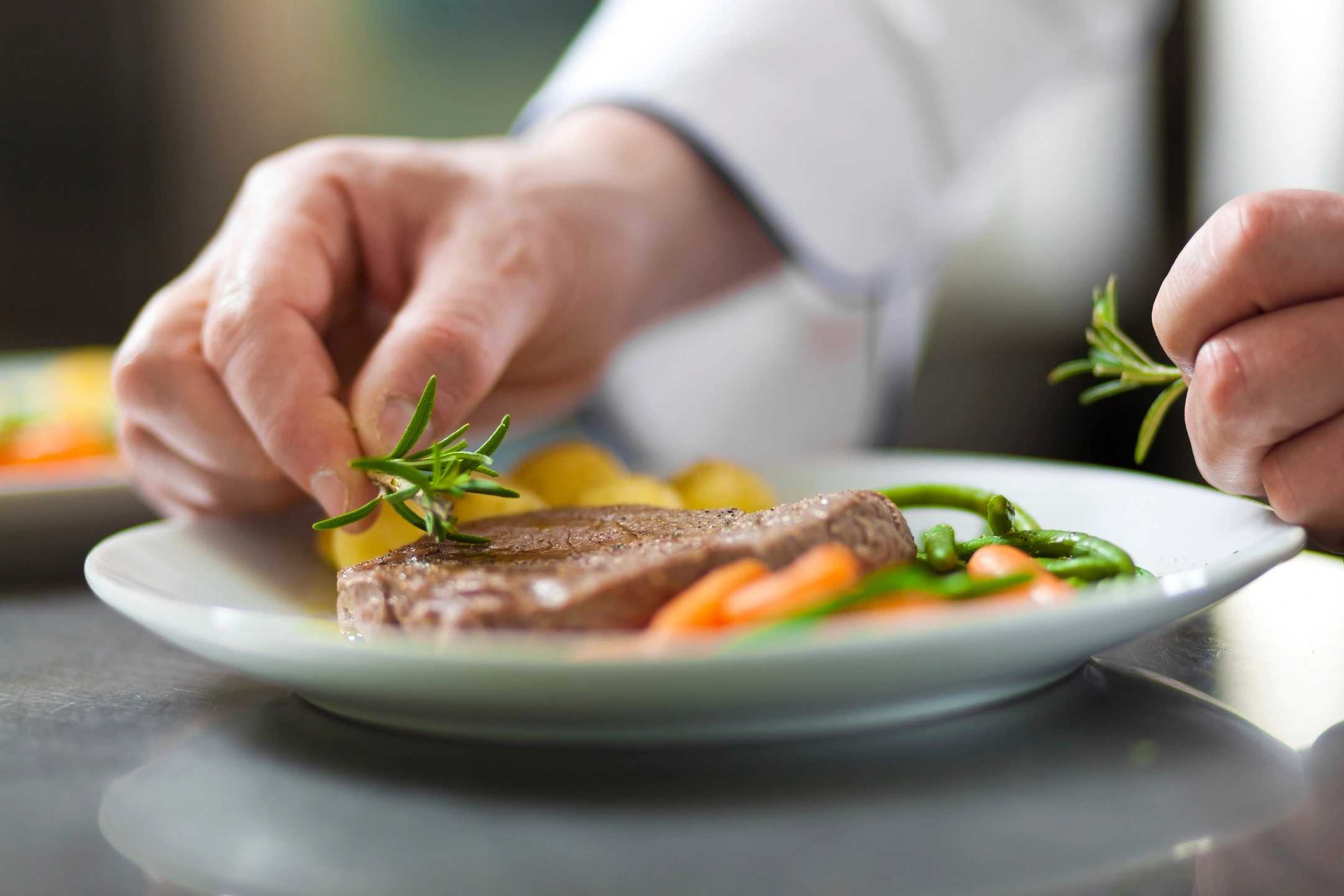[ad_1]
Instead of buying hanging baskets from a garden centre or nursery, making them up yourself is a satisfying activity for gardeners who are looking to create their own unique display of plants and flowers.
Making up hanging baskets is not too challenging and requires a selection of plants, a hanging basket frame, compost, fertiliser, water retaining gel and a liner.
However, the amateur gardener is faced with a wide range of different hanging basket liners to choose from. Many are pre-shaped and sized although some can be cut to shape. Some use natural materials such as moss or coco whilst some are wholly synthetic using polypropylene or recycled materials.
This guide looks at the different kinds of hanging basket liner and the benefits and disadvantages of each kind.
Sphagnum moss
Sphagnum moss is the traditional material for making up hanging baskets and remains and popular choice for “professional” users. As a material it certainly looks good and blends in nicely with the plants even when they have just been planted. Moss tends to be expensive however to other alternatives and can be hard for beginners to handle – particularly for any baskets with large spaces between the frame. As a natural material it also has a limited lifespan and is not reusable for the next season.
Wool moss
Wool moss liners are easy to plant up and offer a natural alternative to traditional sphagnum moss. The appearance is attractive although, as a natural material, their lifespan is only one season and the material can also be used to birds for nesting.
Coco fibre
Coco fibre is a very popular material and is used commonly for sale with the original basket frames. Refills are also sold in preformed sizes and shapes which can make them ideal for unusual frames such as jardiniere, fountains and troughs. Coco offers a nice appearance and is re-usable next season with care. Coco liners can be attractive to birds and are relatively expensive compared to man-made alternatives.
Pre-formed wood fibre
Wood fibre hanging basket liners provide a reasonable appearance and are pre-formed which makes them easy to use. As a result, they tend to hold compost well and can be re-usable if care is taken when disposing of plants at the end of the season. One of the downsides of these liners is that they can be difficult to plant through if you want plants emerging from the sides to create a ball effect hanging basket.
Foam rubber
Foam rubber is a cheap man-made liner which holds compost quite well and is very easy to use and plant on top, sides not so easy. They are durable and as a result can be reused. The disadvantage is that the man-made material means the appearance is not quite as appealing as a traditional moss or other liner.
Supermoss
Supermoss is a man-made alternative to natural Sphagnum moss. This material is durable and holds compost well. It is also easy to fill and plant on top although side planting will require cuts through the material. It was a nice appearance although can also be used by birds as nesting material.
Alternative liners
Alternative hanging basket liners, such as the Amateur’s Answer liner, use new materials which can be handled easily and are good for both top and side planting. There materials are typically not attractive for birds and are also reusable. These liners can be used with most frames although require some cutting to shape compared to a preformed liner.
In summary, your choice of liner depends on the type of basket you are making, the visual effect you’re wanting to achieve, your skills and how much you want to spend. The sheer range on sale at garden centres and on the internet means every gardener – whether professional or amateur – can easily make up their own hanging baskets each year.
[ad_2]
Source by John A. Nesbitt
